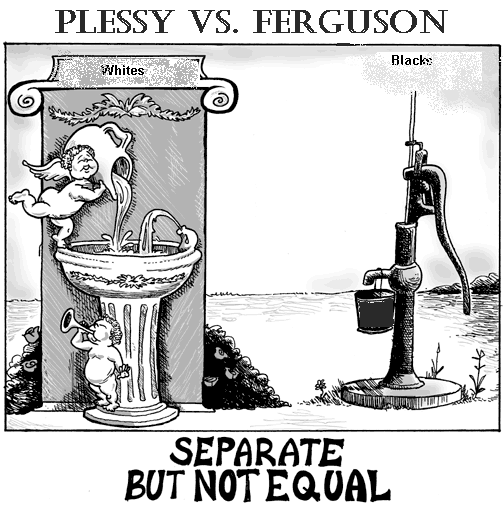

THE SOUTHERN TIMES
The New South and The Progressive Era


















































Plessy v. Ferguson (May 18, 1896)
Plessy v. Ferguson was a case in which the U.S. Supreme Court, by a seven-to-one vote, advanced the controversial “separate but equal” idea for assessing racial segregation laws. Plessy staged his own arrest to assess the “Jim Crow Car Act” by seating himself in the “whites only car” even though he was one-eighth black. In court, Justice John Marshall Harlan was the only justice to agree with Plessy, because he believed: “Our Constitution is color-blind, and neither knows nor tolerates classes among citizens. In respect of civil rights, all citizens are equal before the law.”
Plessy v. Ferguson was the first major quarrel over the meaning of the Fourteenth Amendment, which prohibited the states from denying “equal protection of the laws” to any person within their jurisdictions. Although the majority opinion did not contain the phrase “separate but equal,” it gave constitutional right for states to design laws that achieve racial segregation by means of separate and supposedly equal public facilities and services for African Americans and whites. This decision not only gave states free ability to segregate it promoted segregation as if it were a necessary part of society.

